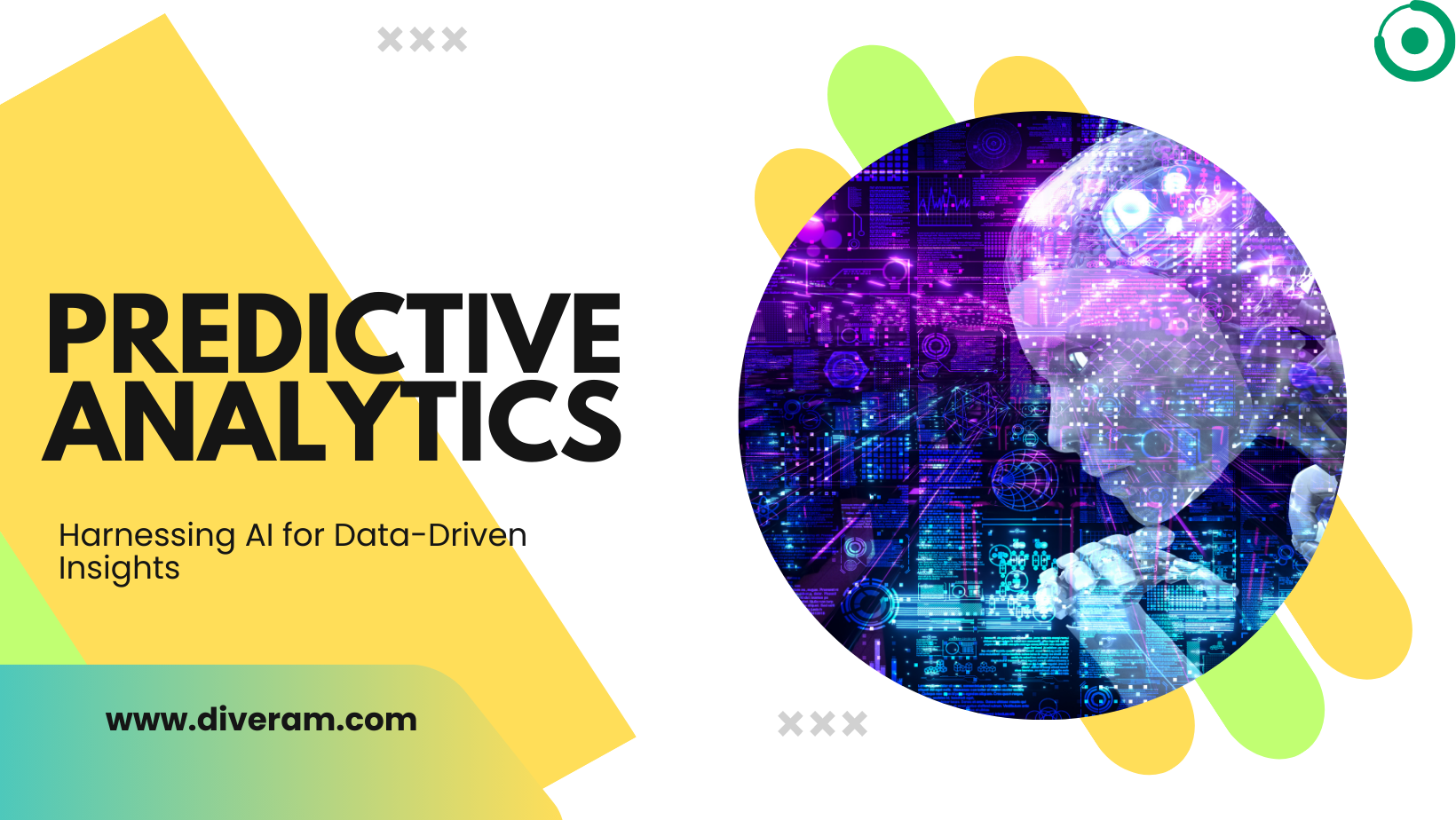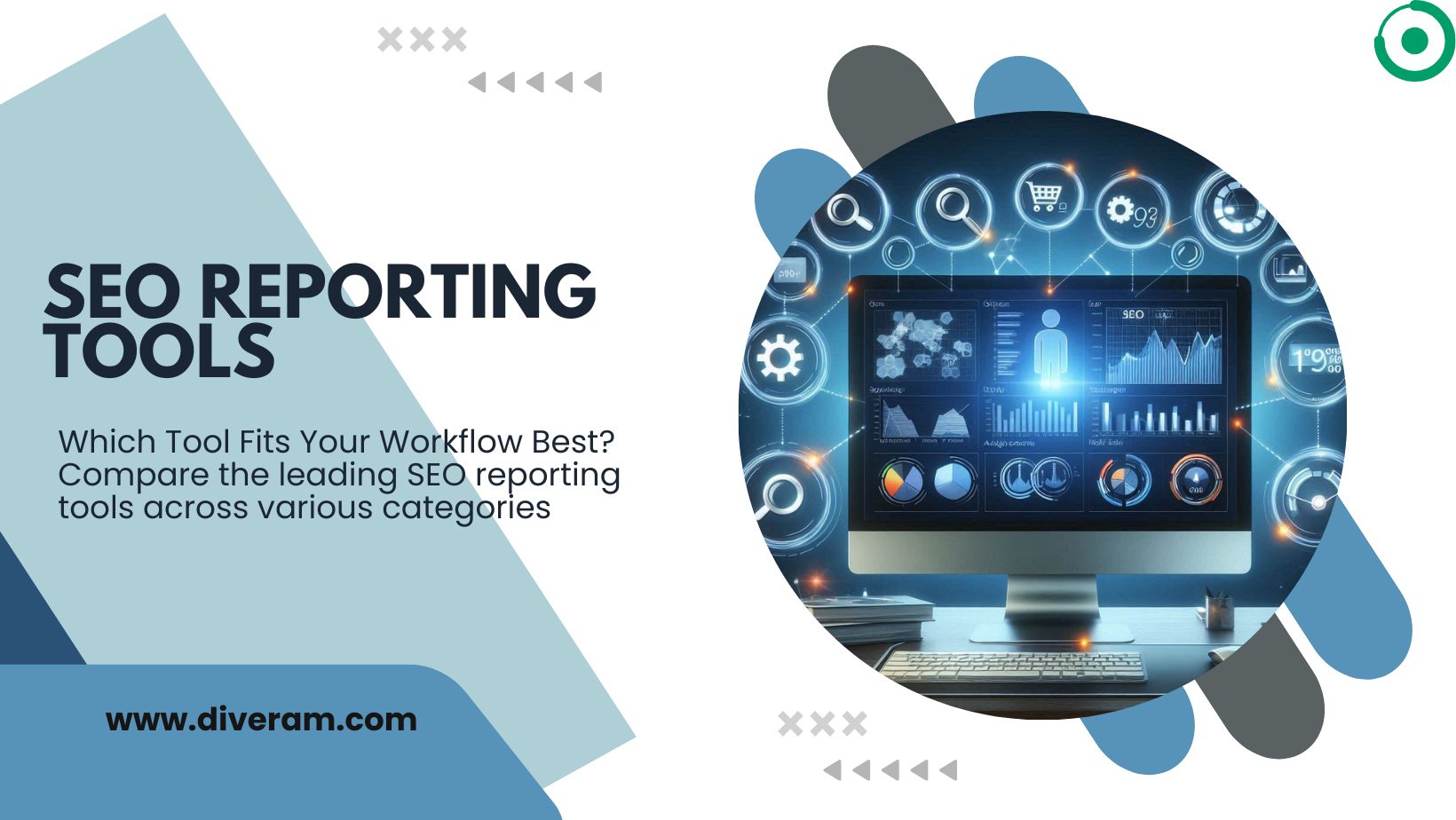Power of Predictive Analytics in Digital Marketing

Introduction to Predictive Analytics in Digital Marketing:
In the fast-paced world of digital marketing, data-driven insights play a crucial role in shaping successful strategies. With the emergence of predictive analytics and the power of artificial intelligence (AI), marketers now have the ability to unlock valuable predictions and make data-backed decisions. In this blog post, we will explore the concept of predictive analytics in digital marketing, its key components, and how AI is revolutionising the way marketers leverage data for insightful campaigns.
What is Predictive Analytics in Digital Marketing?
Predictive analytics involves the use of historical data and advanced statistical modelling techniques to make future predictions. In the realm of digital marketing, it enables marketers to anticipate customer behaviour, optimise campaigns, and drive marketing success. By harnessing the power of AI and predictive analytics, marketers can gain a competitive edge in understanding their audience and delivering highly targeted campaigns.
Key Components of Predictive Analytics:
Data collection and preprocessing:
To obtain accurate predictions, marketers need to gather and preprocess relevant data. This involves consolidating data from various sources such as customer interactions, website analytics, and social media engagement. By ensuring data accuracy and consistency, marketers lay the foundation for robust predictive models.
Statistical modelling techniques:
Predictive analytics employs a range of statistical modelling techniques, including regression analysis, clustering, and decision trees. These models help identify patterns and relationships within the data, allowing marketers to generate predictions and make informed marketing decisions.
Machine learning algorithms:
At the core of predictive analytics lies machine learning algorithms. These algorithms utilise AI to analyse large datasets, identify trends, and make predictions based on patterns and historical data. Machine learning algorithms continuously learn and adapt, improving the accuracy and effectiveness of predictions over time.
Evaluation and validation:
To ensure the reliability of predictive models, it is essential to evaluate and validate their performance. This involves testing the accuracy of predictions against known outcomes and making adjustments as necessary. Regular evaluation and validation help marketers refine their predictive models and enhance their overall effectiveness.
Harnessing AI for Predictive Analytics in Digital Marketing:
Advanced Targeting and Segmentation:
By leveraging predictive analytics, marketers can identify high-value customer segments and deliver personalised marketing messages. AI-powered algorithms can analyse customer data to predict preferences, behaviours, and purchase intent. This allows marketers to tailor their campaigns and offers to specific audience segments, improving engagement and conversion rates.
Customer Lifetime Value Prediction:
Predictive analytics enables marketers to estimate the potential value of customers over their lifetime. By understanding the long-term value of customers, marketers can allocate resources and efforts more effectively. AI-driven predictions can help identify high-value customers and develop strategies to nurture their loyalty, ultimately driving revenue growth.
Churn Prediction and Retention Strategies:
Predictive analytics can be used to identify customers at risk of churn. By analysing historical data and customer behaviour patterns, marketers can predict which customers are likely to leave and implement targeted retention strategies. This proactive approach allows marketers to intervene before customers churn, improving customer retention rates and reducing acquisition costs.
Implementing Predictive Analytics in Digital Marketing Strategies:
Data Collection and Integration:
Successful implementation of predictive analytics begins with the availability and quality of data. Marketers need to ensure that they collect relevant and accurate data from multiple sources. By integrating data from sources like CRM systems, website analytics tools, and social media platforms, marketers can gain a holistic view of their audience and generate more meaningful predictions.
Choosing the Right Predictive Models and Algorithms:
With a wide range of predictive models and algorithms available, marketers must select the ones that align with their marketing objectives and data characteristics. Each model has its strengths and weaknesses, so careful consideration should be given to ensure the most appropriate choice. Regular evaluation of model performance and adjustments based on real-time data are essential for optimising predictions.
Real-time Decision Making with Predictive Insights:
Incorporating predictive analytics into marketing automation and real-time decision-making processes is crucial. By leveraging AI-powered tools, marketers can deliver personalised content, offers, and recommendations in real-time. This enhances customer experiences, boosts engagement, and increases the likelihood of conversions. Agile decision-making based on predictive insights allows marketers to adapt and optimise campaigns on the fly.
Conclusion:
Predictive analytics, fueled by AI, has transformed the way digital marketers approach data-driven strategies. By harnessing the power of predictive analytics, marketers can gain valuable insights into customer behaviour, optimise campaigns, and drive marketing success. As technology continues to advance, embracing predictive analytics in digital marketing is essential to stay ahead of the competition and deliver impactful, data-backed campaigns.
By incorporating predictive analytics, marketers can unlock the potential of AI for data-driven insights, enabling them to make informed decisions, maximise ROI, and provide personalised experiences for their target audience.
Remember, optimising the blog post with relevant keywords such as “predictive analytics in digital marketing,” “AI-driven insights,” and “data-driven strategies” will help improve its visibility and ranking on search engine results pages (SERPs).




